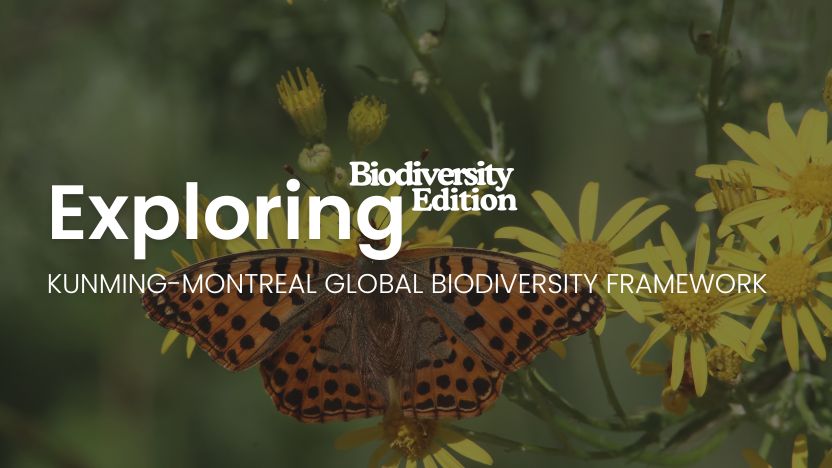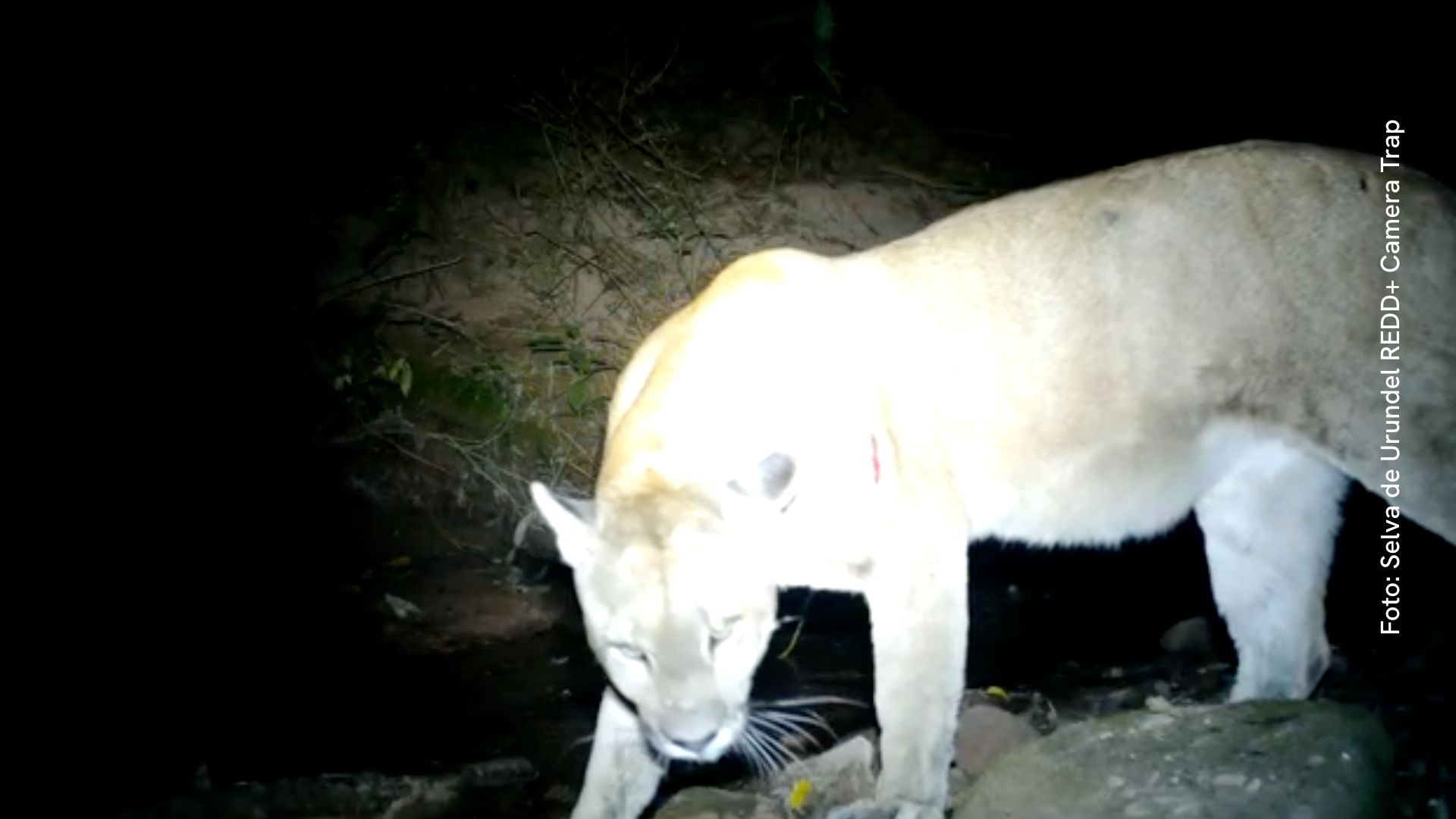
Humankind has radically reshaped the Earth by exploiting its unique and invaluable resources and by replacing breathtaking natural landscapes with industrial parks.
Today, the weight of all man-made objects exceeds the mass of all living things. Most living mammals are now livestock, humans, and their pets, leaving only 4% of space for wild animals.
While technological and medical progress has mitigated and managed some diseases, others are emerging due to pollution and the consequences of climate change. These include mental illnesses, strokes, ischemic heart diseases, chronic obstructive pulmonary diseases, lung cancer, pneumonia, and cataracts.
Perhaps we have forgotten that we are part of nature, and by destroying it, we are destroying ourselves.
Even the financial sector cannot be sustained without a healthy planet, as more than 50% of the global economy relies directly on our planet’s natural and biological resources.
Additionally, 72% of non-financial corporations in the Euro area are highly dependent on ecosystem services and would face severe economic challenges due to ecosystem degradation.
In light of this situation, the Kunming-Montreal Global Biodiversity Framework (GBF) was adopted during COP 15 after a four-year consultation and negotiation process.
The framework sets 4 key goals for 2050 and 23 ambitious targets for 2030 with the ultimate objective to bending the biodiversity curve by helting and reversing the drivers of biodiversity loss by scaling back the footprint of human production and consumption.
To achieve these long-term goals, countries must meet 23 targets by 2030. Key objectives include restoring 30% of degraded land, water, and marine ecosystems, promoting sustainable agriculture, aquaculture, fisheries, and forestry to enhance biodiversity, and redirecting $500 billion annually from harmful incentives to those that support biodiversity.
We will closely monitor COP 16, where countries will report on their progress toward achieving these crucial targets. This will provide valuable insight into whether and how future biodiversity trends, such as habitat loss and degradation, can be reversed while meeting the challenge of feeding a growing global population.
The challenges may seem daunting as they require significant economic shifts, but challenges also bring opportunities—in this case, a multi-trillion-dollar opportunity.
For investors, reversing biodiversity loss presents a multi-trillion-dollar opportunity. According to the WEF’s Future of Nature and Business report, transitioning to a nature-positive economy could unlock $10 trillion in business opportunities and create 395 million jobs by 2030.
In short, preserving biodiversity offers vast investment potential and is becoming essential for mainstream sustainable investors, not just a niche consideration. Like climate change, maintaining the status quo will result in significant future economic losses and disrupt our way of life. By aligning market systems with nature, we can achieve both positive environmental impact and financial returns.
Insights
Discover stories, research, and updates
Camera Traps
16/09/2025
Camera Trap: The Puma
Community voices
09/06/2025
Women's Emancipation Through Efficient Cooking Systems


